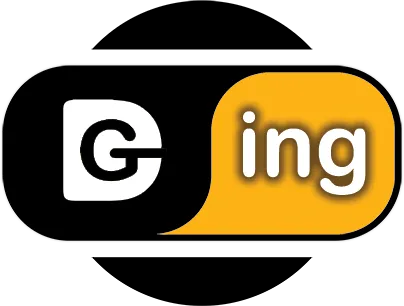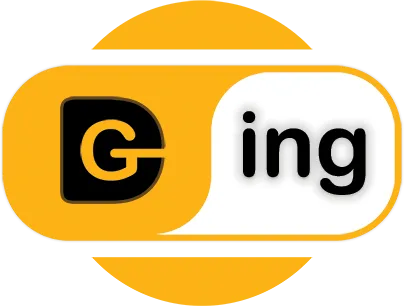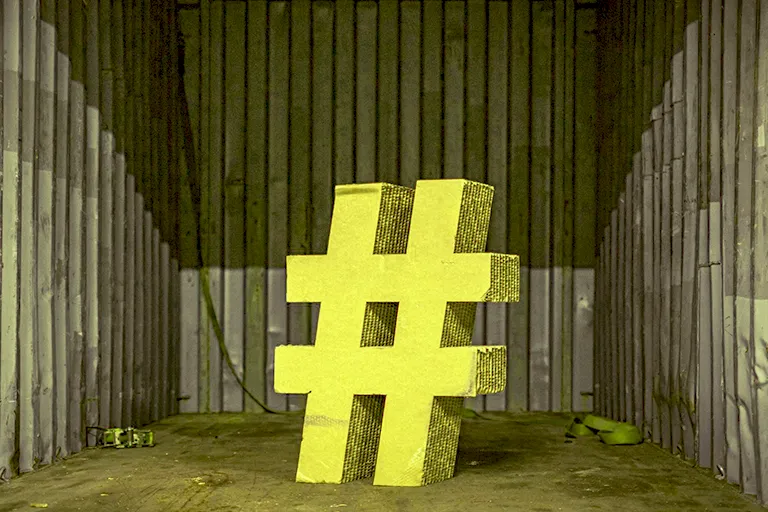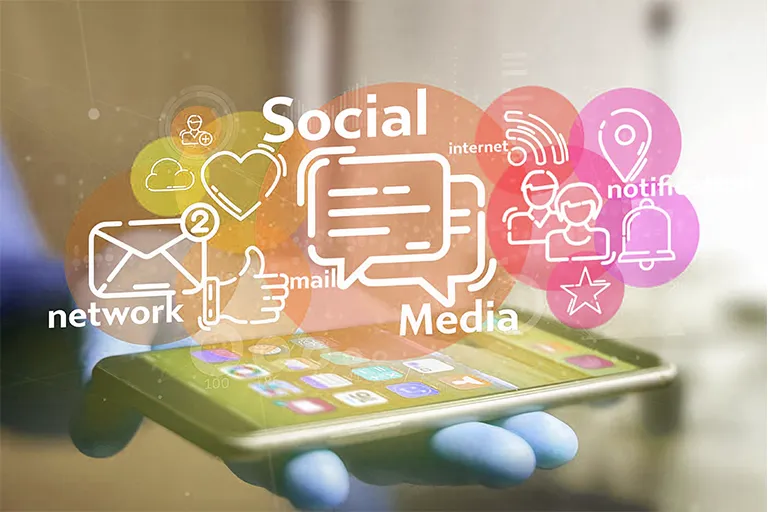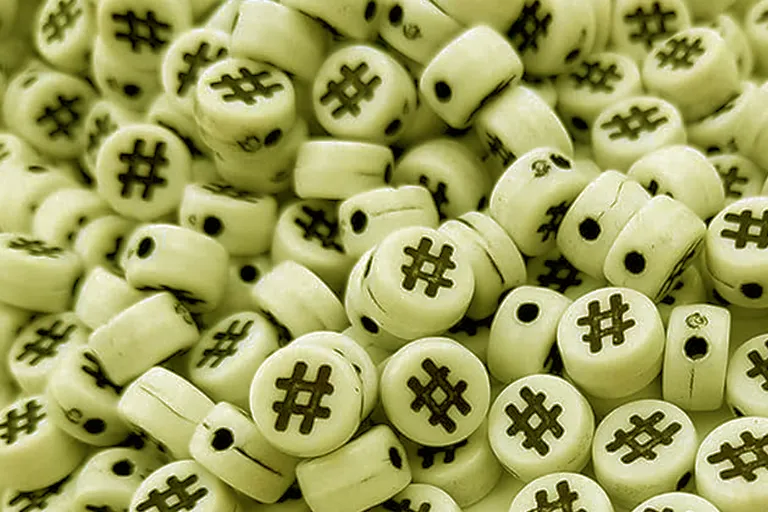One of the key differences between different types of media is the communication pattern between the owner of the media and the audience of that media.
The oldest model of media is considered to be the model of mass media where the owner of the media sent the message and all the audience were just in the role of receiver.
The best examples of mass media are radio, television, newspapers and billboards.
Two things happen in mass media. One is that the number of contacts is large, and the other is that the sender does not have a two-way communication with the receiver, or that the second party has a very weak connection with the sender. In other words, it is as if you have turned your back to the audience and are talking to him.
It is not far-fetched that a newspaper will be produced for years and will be sold just because its material is good for washing windows, and few people will notice that this newspaper is not read. Or a program is produced and broadcast on radio or television for years without a serious audience. So it can be said that lack of communication with the second party is a general characteristic of mass media.
Just compare newspaper or TV as a mass media with SMS advertising as a social media.
You send an SMS to a million people and after introducing the product, you tell them to send you number one or two or whatever if they are interested in the product.
SMS sending system seems much simpler and more basic compared to radio or newspaper. But the fact is that SMS is a social media and radio is a mass media.
Of course , the development of technology has made it possible to form hybrid media. For example, the top football program on TV, which is a mass media, has transformed this program from a mass media into a social media with the help of serious communication with the audience through SMS.
There are similar stories in other ways, for example, those who have a channel on Telegram and at the end of the content of the channel, they ask you to express your opinions on their Instagram account. Regardless of whether we consider this work professional or not, the essence of the story is that this work is an attempt to turn a mass media into a social media.
in social networks, everyone is more or less on the same level. Everyone is both the owner of the media and the audience of the media at the same time. Of course, this is not an absolute feature. But it is more tangible than other types of media.
So, in other words, on Instagram or Twitter or other social networks, you cannot simply divide the members into two categories, the media owner and the audience. The line between these roles is usually very thin.
5 examples of social media
According to the contents mentioned, now we can review some examples of social media that can be used in businesses.
1- SMS
It seems that SMS communication systems are not as ubiquitous today as they used to be, but they are still a simple and understandable example of social media.
The least example that can be mentioned in this context is the use of mobile phone operators from their SMS system as a social media. They send a message and usually provide a space for audience response or audience action, and the feedback can be measured.
But where an operator’s SMS falls on the spectrum between mass media and social media depends on the design of the message content and feedback mechanisms.
2- Blog
Blogs are still among the most widely used social media groups, where the distance between the media owner and the media audience is clear.
At the same time, there is a relationship between the owner of the media and its audience through commenting or sending an email to the blog manager.
Of course, in blogs, social communication between the audience is also formed in the comments, but it is still weaker and fainter compared to the communication between the media owner and the audience.
3- Social networks
Social networks can be used as a platform for social media. Of course, if the media owner benefits from the power, strategy and brand that the internal communication between the audience does not overshadow the communication between the media owner and the media audience.
4- Email
Email communication can also be a platform for the formation of social media, of course, if the opportunity and process of the relationship between the audience and the media owner are also considered.
Otherwise we are simply dealing with an email mass media.
5- Customers club
Customer club can be another example of social media because many businesses do not use customer club only to offer discounts or implement customer loyalty programs.
Rather , they consider their customer club platform, whether in the form of mobile software, website or other formats, as a social media to communicate with their customers.
In the end, I will be happy if you know the design and model or other tools, share with us.
